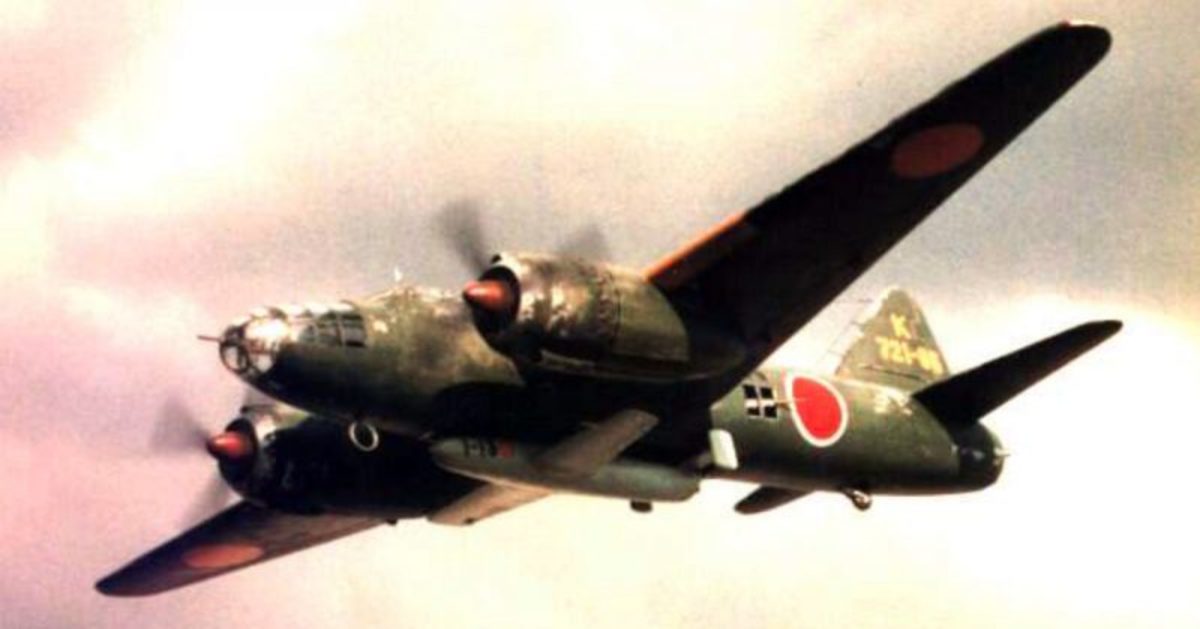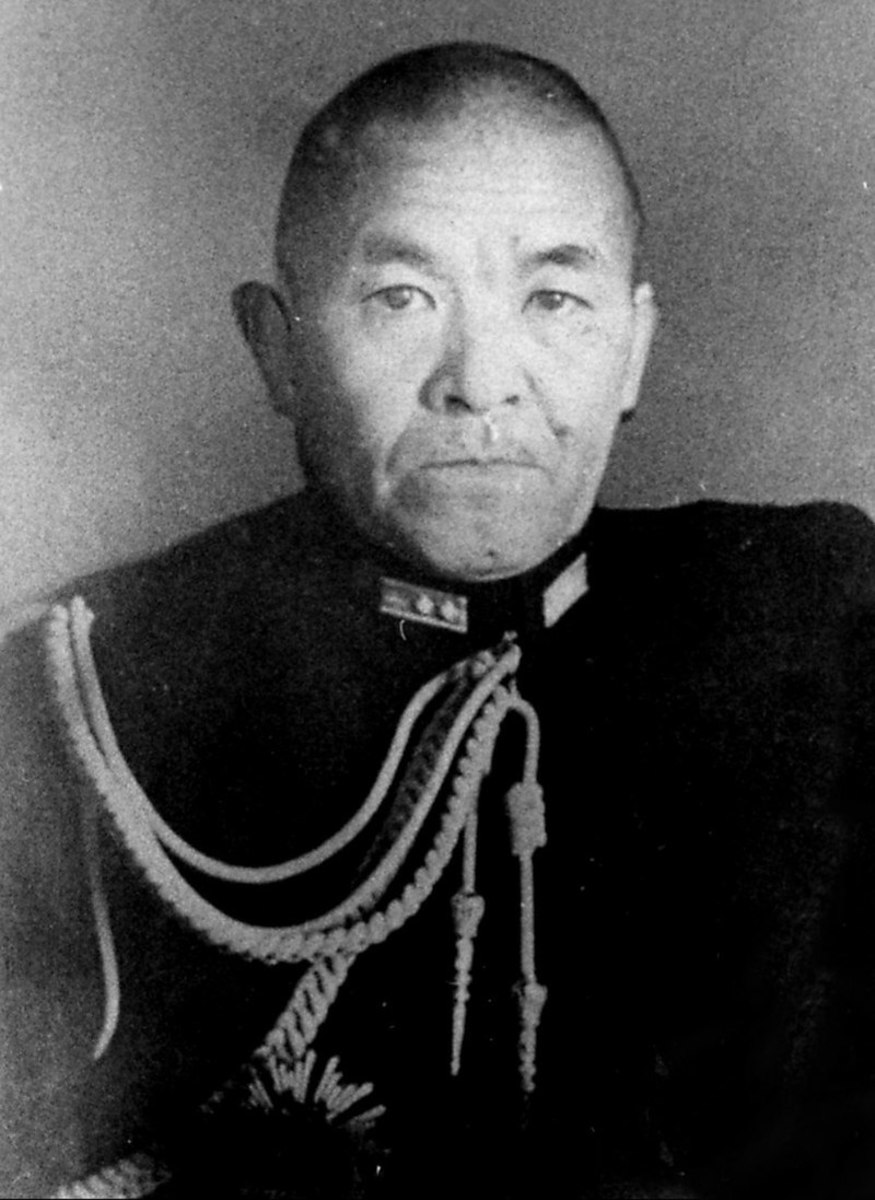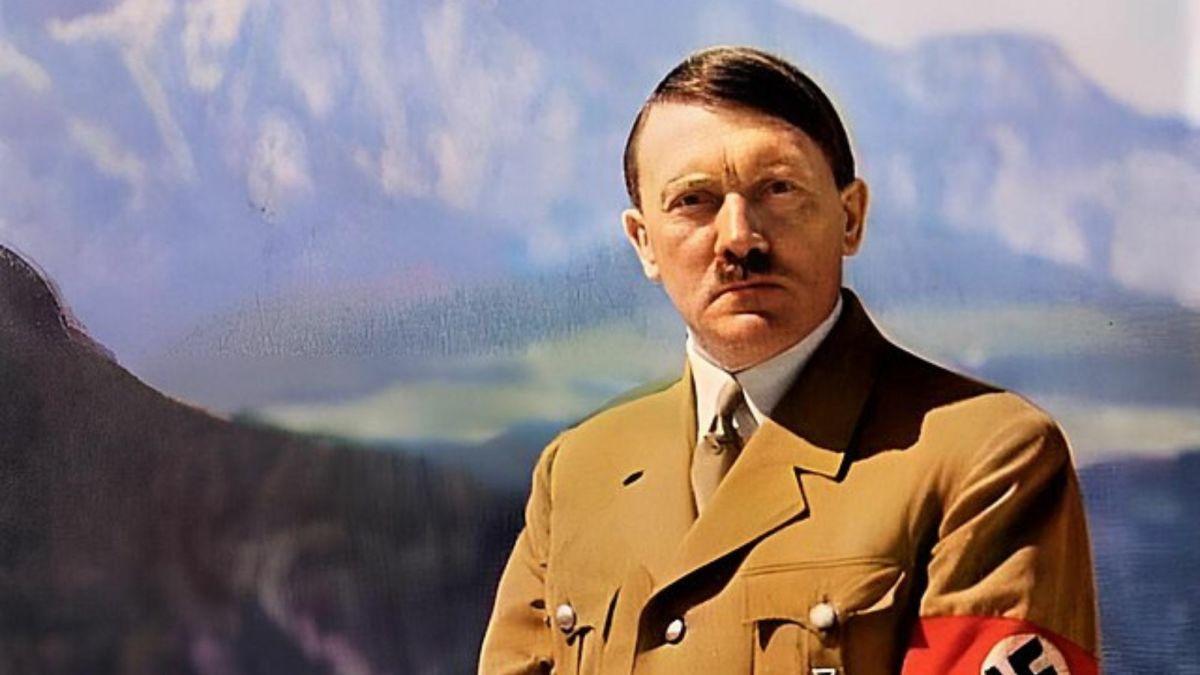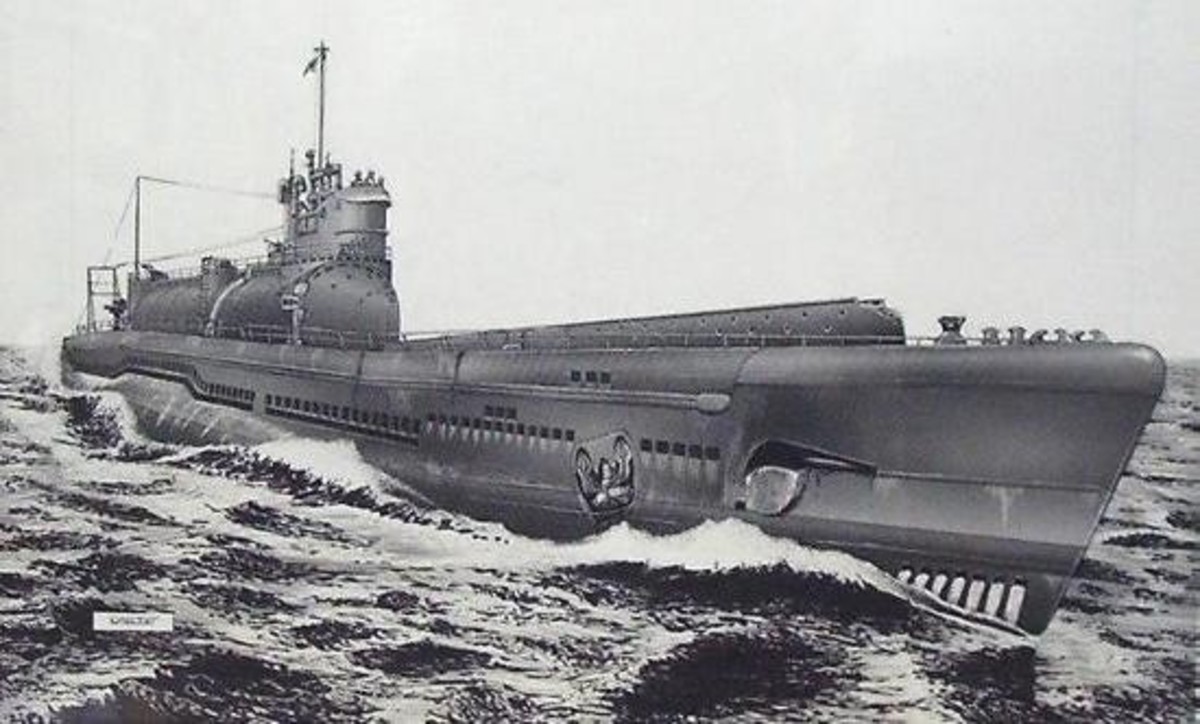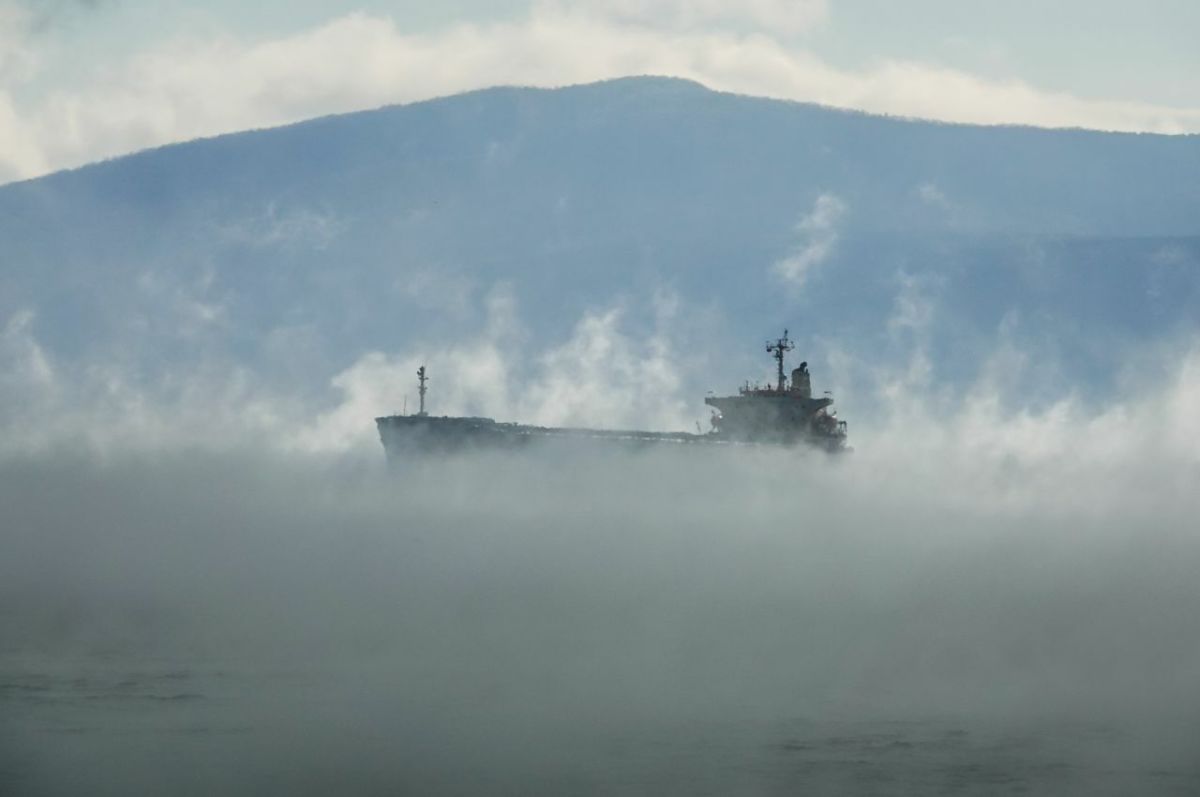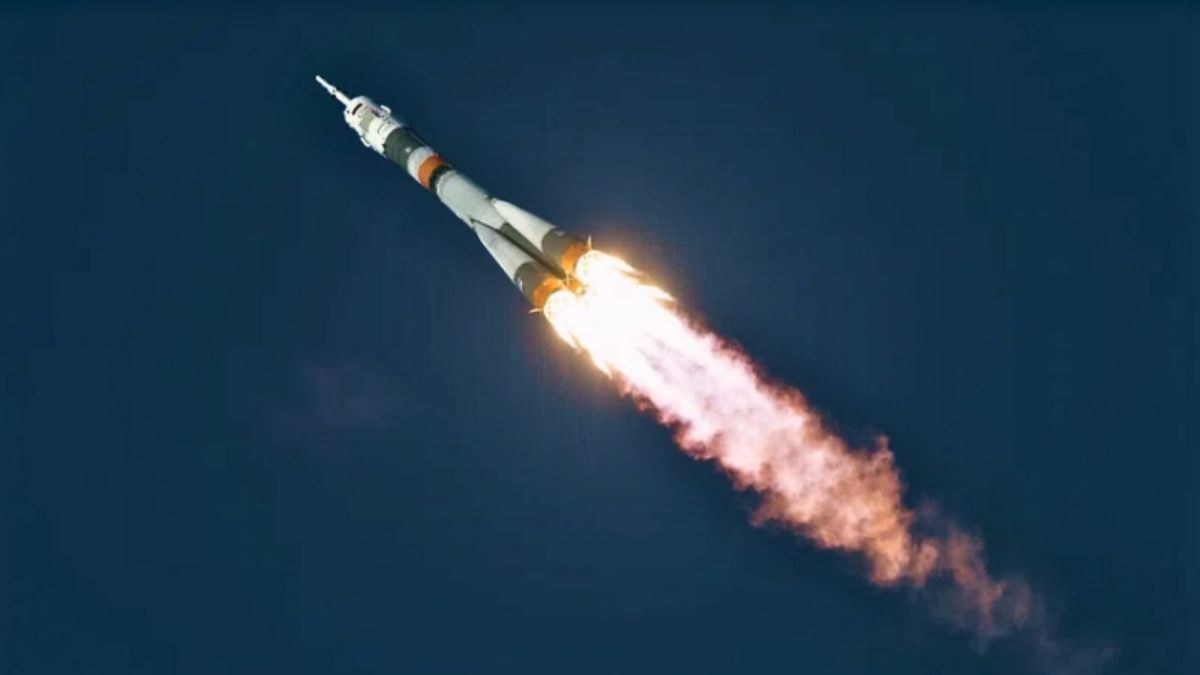Hitler's Graf Zeppelin Aircraft Carrier and Alt-History
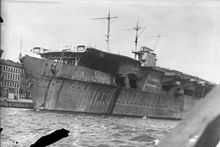
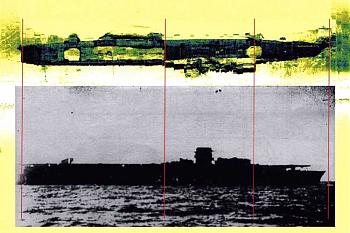
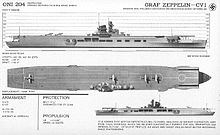
World War Two was the epic war where evolving technology continued to be developed. The apex of weapons development from 1935 to 1945 is usually associated with Germany. It just seems like their engineers and scientists were thinking outside the box on many issues. Some things worked, others failed, still others were cancelled after Hitler lost interest. Even the taken for granted "highway" the world drives upon originated in Germany in the 30's. Hitler wanted a rapid way to move troops by road without intersections. That gave birth to the autobahn with one or two lanes. It was adopted by the U.S. after the war.
Hitler was not a staunch naval fan. He felt that the cost to make a battleship was a poor way to spend his military budget and prone to easily being sunk. The cost of single ship could buy many more tanks, artillery guns, or aircraft. The argument remains in debate to date. The cost of a single aircraft carrier today or the F-35 has many wondering the same thing Hitler thought.
In the mid-1930s, the weapon all nations sought was the aircraft carrier to project power from remote areas. America had several of them, as did, Japan and Britain. Thus, the young Third Reich, started to design their own, the Graf Zeppelin. The designer had studied all of the existing designs and went to Japan to confer with their designers. The design was unique for its fully armored flight deck to halt incoming enemy bombs.
Building it began in late 1936 and launched in 1938. It was one of the largest carriers of all countries, displacing near 20,000 tons with a speed of 30-35 knots, which would make it the fastest. Pilot training also began in 1938, as the carrier was suppose to be home to 43 or so aircraft (Bf-109 fighters and Ju 87C dive bombers. The aircraft would take off using a catapult system. The carrier would be defended by eight 20.3 cm guns.The carrier never went for sea trials, but remained in dock and by September, 1939, was 85% completed with sea trials planned in 1940. By this time, another similar carrier had begun in dry dock. It was scheduled to be ready by late 1941 or 1942. The German navy had planned to have four carriers completed and ready by July 1944.
When Germany invaded Norway, the guns that were to defend the Zeppelin, went there instead of the ship. This event stopped the carriers progress in late April, 1940. Meanwhile, the Germans successfully seized France and the fear of the British bombing the carrier forced a relocation and used to store hardwood supplies!
Since Hitler was not a fan of naval investments and because making just one carrier required a lot of steel and other resources, Hitler's interest waned. The Luftwaffe was much more highly regarded by Hitler and its leader, Goring, carefully persuaded Hitler about not having a carrier because the aircraft on it would be under naval command not the Luftwaffe. It seemed none of the mighty German battleships fared too well in battle. The turning point arrived in December, 1942, when the German navy was defeated in the Barents Sea in the Arctic. Hitler was furious and demanded all remaining big ships were to be scrapped. Their guns were to be used on the Atlantic Wall to defend the expected Allied invasion.
In 1945, the Germans finally scuttled their only carrier (the second one had been chopped up for metal) where it sat until the Russians seized it on the Oder River and raised it. It was moved to Swinemunde and used it as target practice until it sunk in August,1947. In 2006, a Polish firm claimed they had found the remains located about 35 miles from a port in Gdansk, Poland. The 850 foot length ship is under about 250 ft. of water.
Alt-History
The most interesting thing to many is the "what-if" in war. Had the Germans not delayed jet development or missile development until 1944-45, when Hitler was searching for the wonder weapons to save the Third Reich. How would the war change?
The same applies with its carrier. It was possible to complete the four carriers by July 1944. If you doubt it, then surely completing two carriers was well within the Reich's ability. How would this change the war?
The carriers could be used in a task force with other ships to cause major problems for the Allies with their Murmansk convoys to the Arctic. These convoys saved Russia with Allied military hardware it needed to replace losses.
Having the carriers and others threaten the June 6, 1944, invasion at Normandy, would have at the least divert Allied resources to them. At best, depending on how things went, may have threatened some of the landing sights. The carriers could have been used to counter the invasion with them attacking England in a surprise attack. One could imagine even a raid on America, much like Japan did at Hawaii, or raids into the Caribbean. Even a raid from the Baltic Sea to attack Russian targets such as Riga, Leningrad, is possible. What if, in coordination with Japan's attack on Hawaii, the Zeppelin, attacked Boston or New York! It is all plausible had the first carrier be completed, which was historically a near thing.
Keep in mind, the only other carriers in the North Atlantic were British.

